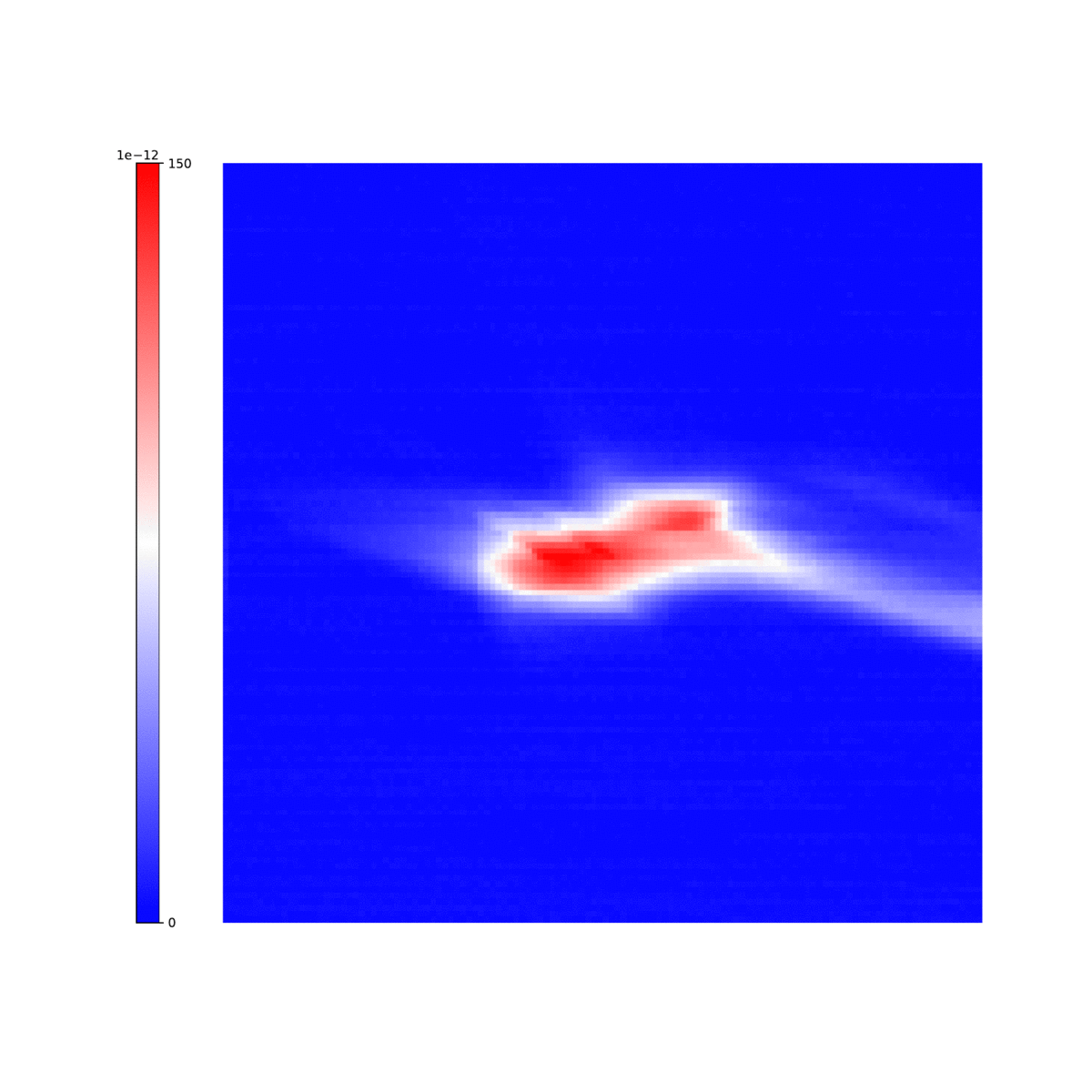WELCOME
We research quantum behaviour in nanoscale devices. The manipulation of nanoscale devices in the quantum regime has gone from proof-of-principle experiments to being the building block of a new generation of quantum technologies... it is an exciting time for quantum research!
RECENT ARTICLES
F. Vigneau, J. Monsel, J. Tabanera, L. Bresque, F. Fedele, J. Anders, J.M.R. Parrondo, A. AuffПves
and N. Ares. Ultrastrong coupling between electron tunneling and mechanical motion.
M. Mergenthaler, F.J. Schupp, A. Nersisyan, N. Ares, A. Baumgartner, C. Schonenberger, G.A.D.
Briggs, P.J. Leek, E.A. Laird. Radio-frequency characterization of a supercurrent transistor made from a carbon nanotube. arXiv:2103.16256.
N. Ares. Machine learning as an enabler of qubit scalability. Comment - Nature Reviews Materials (2021)
Nguyen et al. Deep Reinforcement Learning for Efficient Measurement of Quantum Devices. npj Quantum Information 7, 100 (2021)
A. Pearson et al. Measuring the thermodynamic cost of timekeeping. Phys. Rev. X 11, 021029 (2021)
N.M. van Esbroeck et al. Quantum device fine-tuning using unsupervised embedding learning. New Journal of Physics 22 095003 (2020)
H. Moon et al. Machine learning enables completely automatic tuning of a quantum device faster than human experts. Nature Communications 11, 4161 (2020)
A. Pearson et al, Radio-frequency optomechanical characterization of a silicon nitride drum. Scientific Reports 10, 1654 (2020)
PROJECTS
Efficient quantum device tuning using machine learning
Fault-tolerant quantum computers require hundreds to millions of physical qubits to be operated with high fidelity. Inevitable hardware imperfections must be tuned away. The technology is only scalable if this task can be efficiently automated. We are applying automating techniques experimentally, working with leaders in machine learning.
The objective is to achieve automated tuning of semiconductor qubits encoded in gate-defined quantum dots. We expect this machine learning approach to enable the tuning of large quantum circuits.
Quantum Information Thermodynamics in the Solid state
The field of quantum thermodynamics has long been dominated by theoretical predictions, undermined by a severe lack of experimental tests. However, rapid breakthroughs in nanoscale fabrication and measurement are now presenting us with the opportunity to develop concrete experimental foundations for exploring quantum-thermodynamic processes. Understanding the peculiarities of hermodynamics in the quantum arena will be key for the construction of nanomachines, for energy harvesting, and to master the dissipation and thermalisation of quantum systems. It will also improve the engineering basis of quantum technologies by allowing fully informed choices on device design and optimisation and it may reveal possibilities for entirely novel technologies.
Bench-top experimental tests of gravitation in quantum systems
The territory where quantum mechanics has to be reconciled with gravitation is still experimentally unexplored. Gravitational effects in quantum systems are typically small, making laboratory-scale experiments extremely challenging. Advances in mechanical resonators at the micro-scale and cryogenic temperatures are beginning to bring such experiments within reach. We plan to evaluate the feasibility of bench-top experiments based on micromechanical oscillators to explore the effect of gravity in quantum systems.

Automatic tuning of bias triangles
The Thermodynamic of timekeeping
